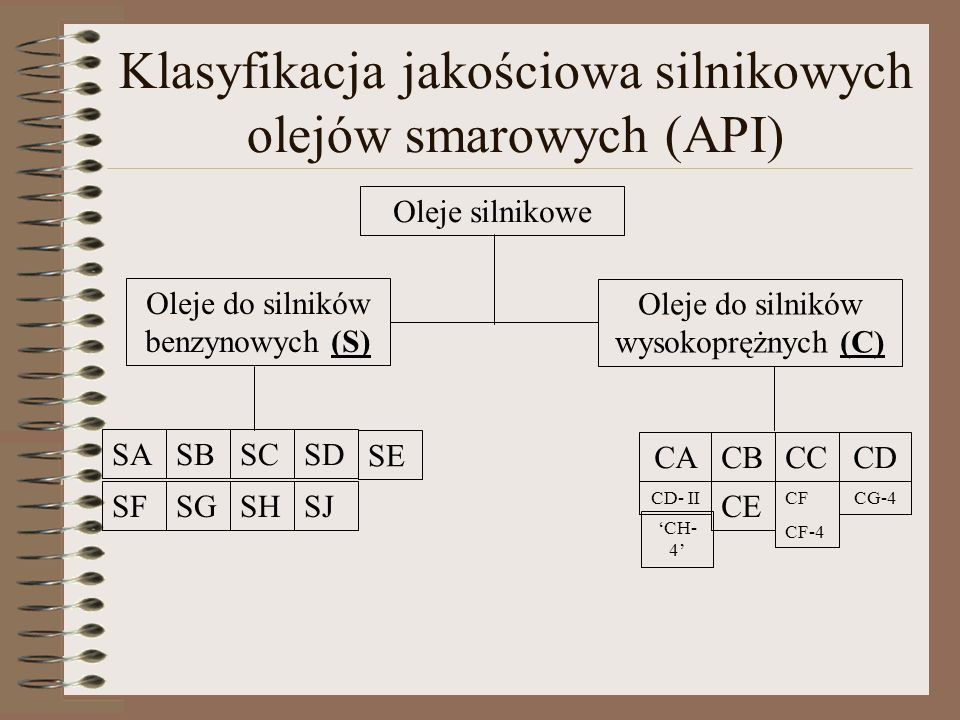 Concepts and standards for automotive oils:
Concepts and standards for automotive oils:
Viscosity. A measure of the fluidity of a lubricating oil. In winter, the oil should be fluid enough, that, when a cold engine is started, it reaches all lubrication points immediately. In summer, however, you need a thicker oil, that the lubricating oil film on the walls is not washed out even at high temperatures.
SAE class (Society of Automotive Engineers). Viscosity grade designation (e.g. SAE 15W-40). The lower the first number, the thinner the oil at low temperature (W = winter). Oil marked with the symbol OW maintains its lubricating properties at -30 ° C; marked 5W at -25 ° C, a 15W at -15 ° C. The higher the second number, the better the oil can withstand high temperatures.
THAT (Association of European Automobile Manufacturers). Introduced in 1996 On the year of the year, the European oil classification standard replaced the CCMC standard. There are A1 groups for gasoline engines (oil that helps save fuel), A2 (working under light load) i A3 (for heavy loads). For diesel engines, groups B1 were introduced, respectively, B2 iB3.
CCMC (Common Market Automobile Manufacturers Committee). According to this classification, oils are marked with the letters G. (gasoline engines) i PD (diesel) plus the correct number. The higher it is, the better the quality of the oil.
API (American Petroleum Institute) According to this classification, oils are marked with the letters S (gasoline engines) i C (diesel), plus an extra letter. The further a letter is in the alphabet, the better the quality of the oil.
